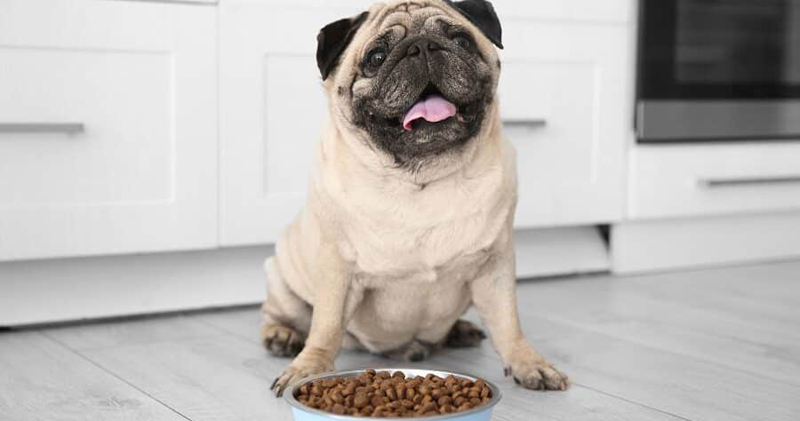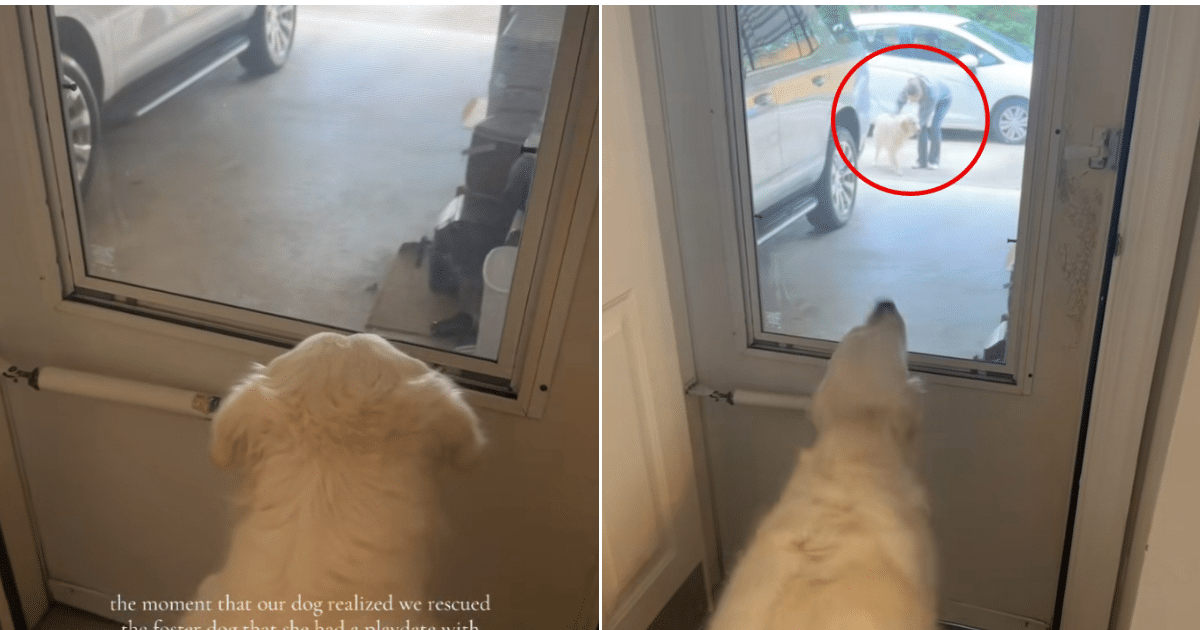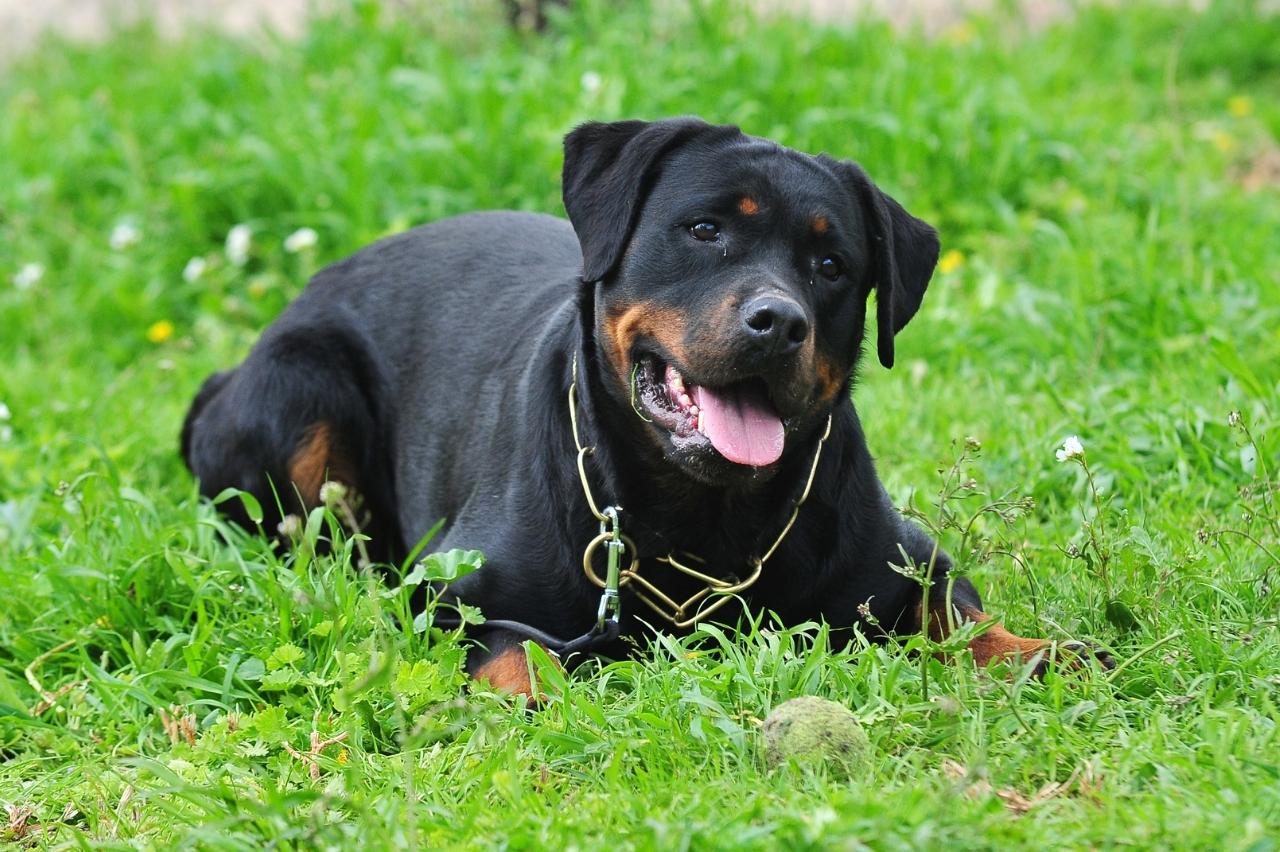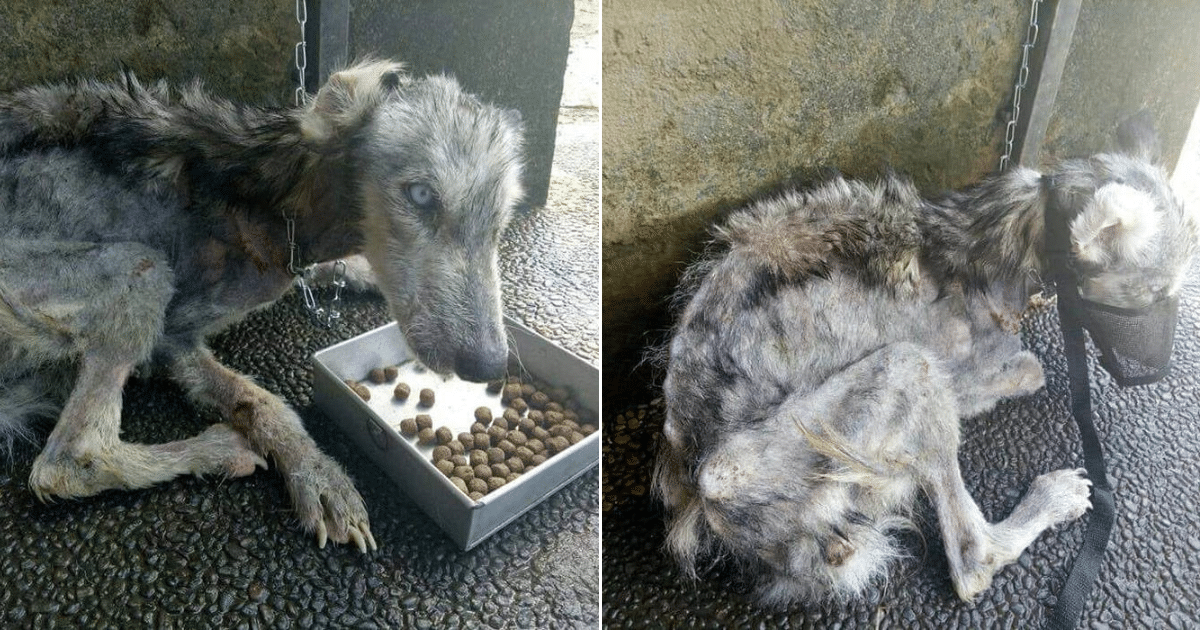If you’ve ever flipped over a bag of kibble and felt completely lost reading the ingredient list — you’re not alone. From mysterious meat meals to unpronounceable additives, dog food labels can hide a lot behind fancy marketing. The truth? Some ingredients that seem harmless (or even helpful) can actually harm your dog’s health over time.
By the end of this guide, you’ll know which 7 dog food ingredients to avoid, why they’re still allowed in some brands, and what to look for instead when shopping for your pup’s next meal.
TL;DR — Dog Food Ingredients to Avoid
- ⚠️ Watch out for: BHA/BHT, corn syrup, meat by-products, artificial dyes, propylene glycol, generic “animal fat,” and sodium hexametaphosphate.
- 💡 Why they’re used: They make food look fresher, last longer, or taste better — but often at your dog’s expense.
- 🚫 Health risks: Cancer links, digestive irritation, weight gain, and allergic reactions.
- 🌿 Better choices: Foods with natural preservatives, named meat sources, and minimal additives.
Bottom line: Cheap fillers and artificial preservatives can cut costs for brands — but reading the label helps you protect your dog’s health.
🧾 Transparency
Look for specific meat names and natural ingredients.
🥩 Quality Protein
Skip “by-products” and go for real meats like chicken or salmon.
🧠 Awareness
Even “premium” foods can hide low-grade additives.
Quick Look Before We Dive In
Before we unpack each ingredient in detail, here’s a quick side-by-side look at the seven most common culprits hiding in commercial dog food. You’ll see why they’re used, why they’re risky, and what healthier alternatives to look for next time you’re reading a label.
Compare 7 Common Dog Food Ingredients to Avoid
| BHA / BHT | Preservatives to extend shelf life | Linked to cancer in lab animals; synthetic chemical | Vitamin E (mixed tocopherols), rosemary extract |
| Corn Syrup | Adds sweetness and moisture | Contributes to obesity and diabetes | Honey, molasses, or no added sugar |
| Meat By-Products | Low-cost protein source | Inconsistent quality; may include low-nutrition tissue | Named meats and organs (chicken, beef liver, salmon) |
| Artificial Dyes | Adds appealing color for humans | Linked to allergies, hyperactivity, and cancer | Natural colorants (turmeric, beet, spinach) |
| Propylene Glycol | Keeps semi-moist foods soft | Chemically related to antifreeze; can irritate digestion | Vegetable glycerin, natural oils |
| Generic “Animal Fat” | Adds flavor and calories | Unidentified sources; may include rancid or rendered fat | Named fats (chicken fat, salmon oil) |
| Sodium Hexametaphosphate | Prevents tartar in dental treats | Can irritate digestive tract with frequent use | Regular dental brushing or safe chews |
💡 Pro Tip: Always read ingredient labels from top to bottom — the first five items make up most of your dog’s diet.
1. BHA and BHT — Preservatives with a Dark Side
If you spot BHA or BHT on a dog food label, your first thought might be: “It’s just a preservative, how bad could it be?” Unfortunately, these synthetic chemicals are used to keep fats from spoiling — but they come with serious concerns.
Both have been linked to cancer in lab animals, and although the FDA still allows them in small amounts, many veterinarians and nutrition experts recommend avoiding them whenever possible. Over time, these additives can build up in your dog’s system, potentially leading to cellular damage or immune stress.
Why brands still use them: They’re cheap, effective, and help extend shelf life — especially in lower-cost kibble or treats.
🩺 Better choice: Look for foods preserved with natural antioxidants like mixed tocopherols (Vitamin E), Vitamin C, or rosemary extract instead. These keep food fresh without the risk of chemical buildup.
2. Corn Syrup — Unnecessary Sugar in Disguise
Corn syrup might sound harmless (after all, it’s just sugar, right?), but it’s one of the worst ingredients hiding in many dog foods and treats. It’s often added to make low-quality kibble taste more appealing — especially in products with less meat and more fillers.
The problem? Dogs don’t need added sugar. Regular consumption of corn syrup can lead to weight gain, insulin resistance, and even diabetes. It can also cause energy spikes and crashes, just like in humans.
Why brands still use it: It’s inexpensive and addictive — dogs love the sweet taste, which means they’ll eat more of a product even if it’s not nutritionally balanced.
🩺 Better choice: Opt for foods with no added sugars. If sweetness is needed for palatability, small amounts of honey, molasses, or fruit-based ingredients (like blueberries) are safer alternatives.
3. Meat By-Products — The Leftovers No One Talks About
Corn syrup might sound harmless (after all, it’s just sugar, right?), but it’s one of the worst ingredients hiding in many dog foods and treats. It’s often added to make low-quality kibble taste more appealing — especially in products with less meat and more fillers.
The problem? Dogs don’t need added sugar. Regular consumption of corn syrup can lead to weight gain, insulin resistance, and even diabetes. It can also cause energy spikes and crashes, just like in humans.
Why brands still use it: It’s inexpensive and addictive — dogs love the sweet taste, which means they’ll eat more of a product even if it’s not nutritionally balanced.
🩺 Better choice: Opt for foods with no added sugars. If sweetness is needed for palatability, small amounts of honey, molasses, or fruit-based ingredients (like blueberries) are safer alternatives.
4. Artificial Dyes — Colorful, But Questionable
If your dog’s kibble looks like a box of rainbow cereal, that’s a sign to pause. Artificial dyes such as Red 40, Yellow 5 and 6, and Blue 2 are added to make dog food look more appealing — to you, not your dog.
Dogs don’t care what color their food is. These dyes serve no nutritional purpose and have been linked to hyperactivity, allergies, and even cancer in animal studies. In some countries, these additives are banned or restricted — yet they remain legal in the U.S.
Why brands still use them: Brightly colored kibble makes pet food look fresh and varied, which appeals to human buyers. It’s marketing, not nutrition.
🩺 Better choice: Choose brands that use natural colorants like turmeric, beet powder, or spinach extract, or — even better — no added color at all. Your dog’s appetite depends on smell and taste, not color.
5. Propylene Glycol — Anti-Freeze Adjacent
Propylene glycol might sound like something from a chemistry lab — and that’s because it is. This ingredient helps keep semi-moist dog foods and soft treats from drying out, giving them that chewy, moist texture.
But here’s the catch: propylene glycol is a chemical cousin of antifreeze. While it’s considered “safe in small amounts” for dogs, it’s toxic to cats and can cause digestive irritation or anemia with long-term exposure in sensitive dogs.
Why brands still use it: It prevents mold and helps preserve texture in lower-cost soft foods and treats. It’s inexpensive and effective — but not worth the potential health trade-off.
🩺 Better choice: Look for foods that use natural humectants like vegetable glycerin, plant oils, or bone broth to maintain moisture instead.
6. Generic “Animal Fat” — Mystery Meat in a Bottle
When a label lists “animal fat” without specifying the source, that’s a big question mark. It could come from any rendered animal product — including low-quality or even rancid fat. In many cases, the source isn’t identified because it’s a mix of multiple animal types processed together.
The concern isn’t just what it is — it’s how it’s stored. Generic animal fat can oxidize quickly, creating harmful free radicals that affect your dog’s cells and overall health. It may also be stabilized with synthetic preservatives like BHA or BHT (yes, the ones we talked about earlier).
Why brands still use it: It’s cheap and adds flavor, helping make low-quality kibble more palatable.
🩺 Better choice: Look for clearly named fats like chicken fat, salmon oil, or beef tallow. These provide essential fatty acids and support healthy skin and coat — without the mystery.
7. Sodium Hexametaphosphate — Whitening at a Cost?
You’ll often find sodium hexametaphosphate in dog treats marketed as “dental chews” or “tartar control snacks.” It’s a chemical compound that helps reduce plaque buildup by softening and preventing mineral deposits on the teeth.
Sounds great, right? The problem is that this ingredient can irritate the digestive system when eaten regularly. While it’s not inherently toxic, the long-term effects of daily consumption haven’t been well studied, and sensitive dogs may experience stomach upset or reduced nutrient absorption.
Why brands still use it: It works — at least superficially. It’s cheaper and easier to add to treats than developing natural dental solutions.
🩺 Better choice: Support dental health with brushing, safe chew toys, or natural dental treats that rely on texture (not chemicals) to remove plaque.
Why Are These Still Allowed in Dog Food?

It’s frustrating, isn’t it? After reading through this list, you might wonder how ingredients like BHA, artificial dyes, and meat by-products are still ending up in pet food aisles. The short answer: cost, convenience, and consumer perception.
Here’s what’s really going on behind the labels:
- Cost savings: Artificial preservatives and cheap fillers drastically reduce production costs, allowing companies to sell food at lower prices while maintaining profit margins.
- Shelf stability: Chemical additives help products last longer, travel farther, and resist spoilage — which means fewer returns and losses for brands.
- Marketing over nutrition: Many brands design food to look appealing to humans (bright colors, moist texture) even though dogs don’t care about those features.
- Regulatory loopholes: The FDA and AAFCO allow certain additives as “Generally Recognized as Safe” (GRAS), even when independent research raises concerns about long-term effects.
💡 Reality check: Just because something is legal doesn’t mean it’s ideal for your dog’s health. Pet food regulation often prioritizes safety in minimal doses — not optimal nutrition for lifelong wellness.

Now that you know which ingredients to avoid, the good news is that finding safe, high-quality dog food isn’t as hard as it used to be. You just need to know what green flags to look for on the label.
Here’s what makes a healthier, cleaner dog food stand out:
- Named protein sources: Look for clear terms like chicken, salmon, or beef liver instead of vague words like meat meal or animal fat.
- Natural preservatives: Ingredients such as mixed tocopherols (Vitamin E), ascorbic acid (Vitamin C), and rosemary extract keep food fresh safely.
- No added dyes or sweeteners: Dogs don’t need color or sugar — skip foods that use corn syrup, artificial dyes, or caramel coloring.
- Whole food ingredients: Look for recognizable items like sweet potatoes, brown rice, lentils, peas, or blueberries that add natural nutrients.
- Transparent labeling: Trustworthy brands list their ingredients clearly and avoid catch-all terms like meat by-products or animal digest.
💡 Pro Tip: The first five ingredients make up the bulk of your dog’s food — if they’re low-quality or unclear, it’s a sign to keep looking.
Trusted Dog Food Brands That Get It Right
Finding dog food you can trust shouldn’t feel like detective work. Thankfully, more companies are putting ingredient transparency and real nutrition first. Here are a few that consistently stand out for their clean formulations and honest sourcing:
Editor’s Picks: Clean Dog Food Brands at a Glance
| 🥩 Ollie | Fresh, gently cooked meals made with human-grade meats and veggies. No preservatives, by-products, or fillers. | Picky eaters and pet parents who want balanced, ready-to-serve meals. | CHECK PRICE |
| 🧊 Maev | Frozen raw meals and functional “smoothies” for targeted benefits like skin, joint, or digestion support. | Pet parents seeking functional, nutrient-packed raw food. | CHECK PRICE |
| 🍲 The Pet’s Table | Fresh meals formulated by veterinarians with simple, whole ingredients. Convenient subscription options. | Busy owners who want fresh food without the prep. | CHECK PRICE |
| 🐕 We Feed Raw | 100% raw, USDA-certified meats with balanced vitamins and minerals. No artificial anything. | Dogs thriving on biologically appropriate, high-protein diets. | CHECK PRICE |
Transition to new food gradually — over about a week — to avoid stomach upset. Mix small portions of the new food with your dog’s current diet, increasing the ratio slowly.
Be Your Dog’s Label Detective
At the end of the day, you don’t need to memorize every preservative or chemical name — you just need to stay curious and informed. Reading the label carefully is one of the simplest ways to protect your dog’s long-term health.
Even the best-known brands can include questionable ingredients, so take a minute to:
- Flip the bag over.
- Read the first five ingredients.
- Ask yourself: Would I eat this if it were made for me?
If the answer feels like a “no,” your dog probably deserves better, too.
Remember: You don’t have to buy the most expensive brand — just the most transparent one. Your attention to detail is your dog’s best defense against hidden fillers and unnecessary additives.
Author
Hey there, I'm Jamey, and I've been an animal lover for as long as I can remember. Growing up on a 50-acre farm in Ontario, Canada, I was surrounded by a menagerie of furry friends, from beloved cats and dogs to goats, horses, cows, and even chickens. Now, I call Victoria, British Columbia my home, and my heart belongs to my adorable Balinese cat, Milo. When I'm not editing blog posts here at DogVills, I enjoy helping solo entrepreneurs with their passion projects and online marketing. Over the years, I've also ventured into creating and selling various blogs.
Hey there, I’m Jamey, and I’ve been an animal lover for as long as I can remember. Growing up on a 50-acre farm in Ontario, Canada, I was surrounded by a menagerie of furry friends, from beloved cats and dogs to goats, horses, cows, and even chickens. Now, I call Victoria, British Columbia my home, and my heart belongs to my adorable Balinese cat, Milo. When I’m not editing blog posts here at DogVills, I enjoy helping solo entrepreneurs with their passion projects and online marketing. Over the years, I’ve also ventured into creating and selling various blogs.



















 English (US) ·
English (US) ·